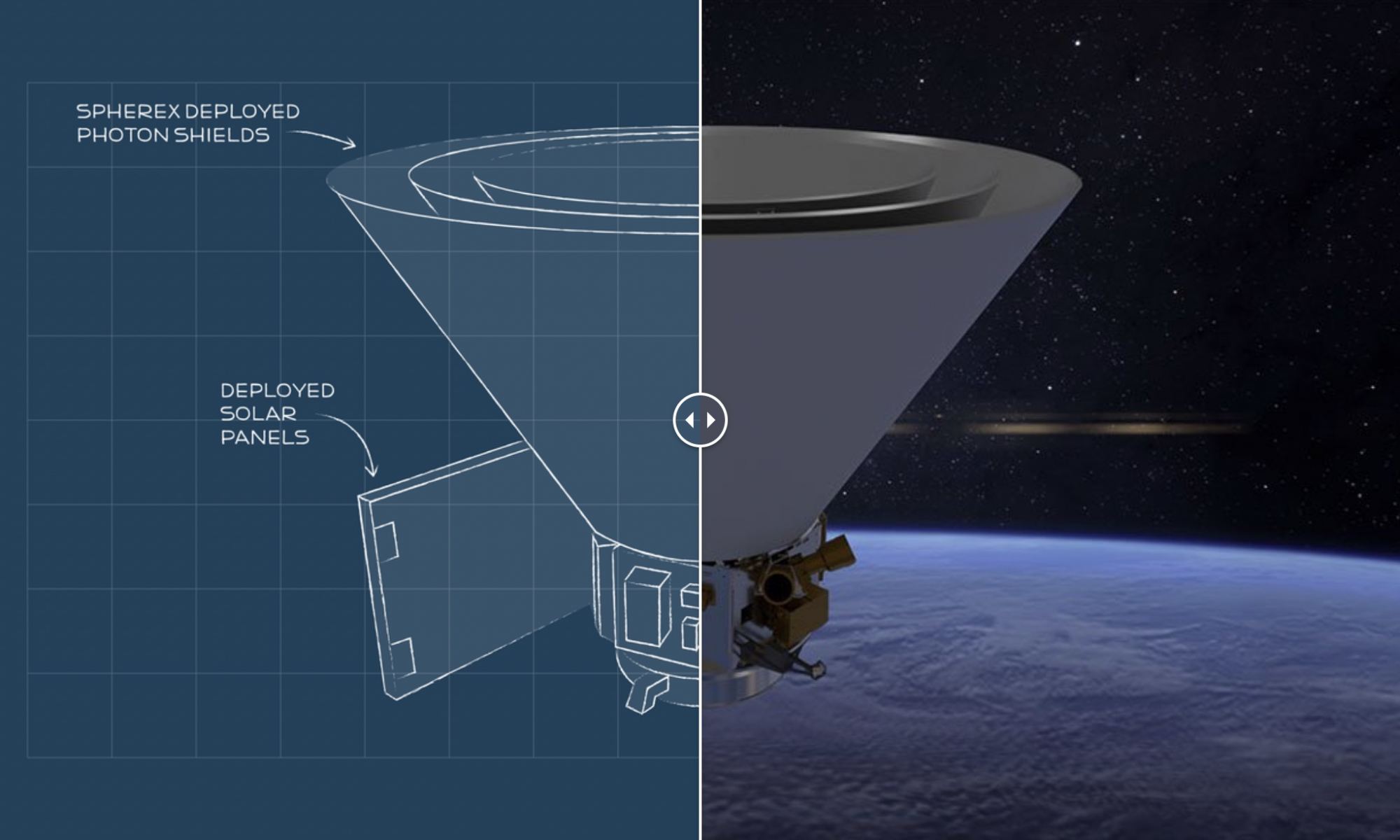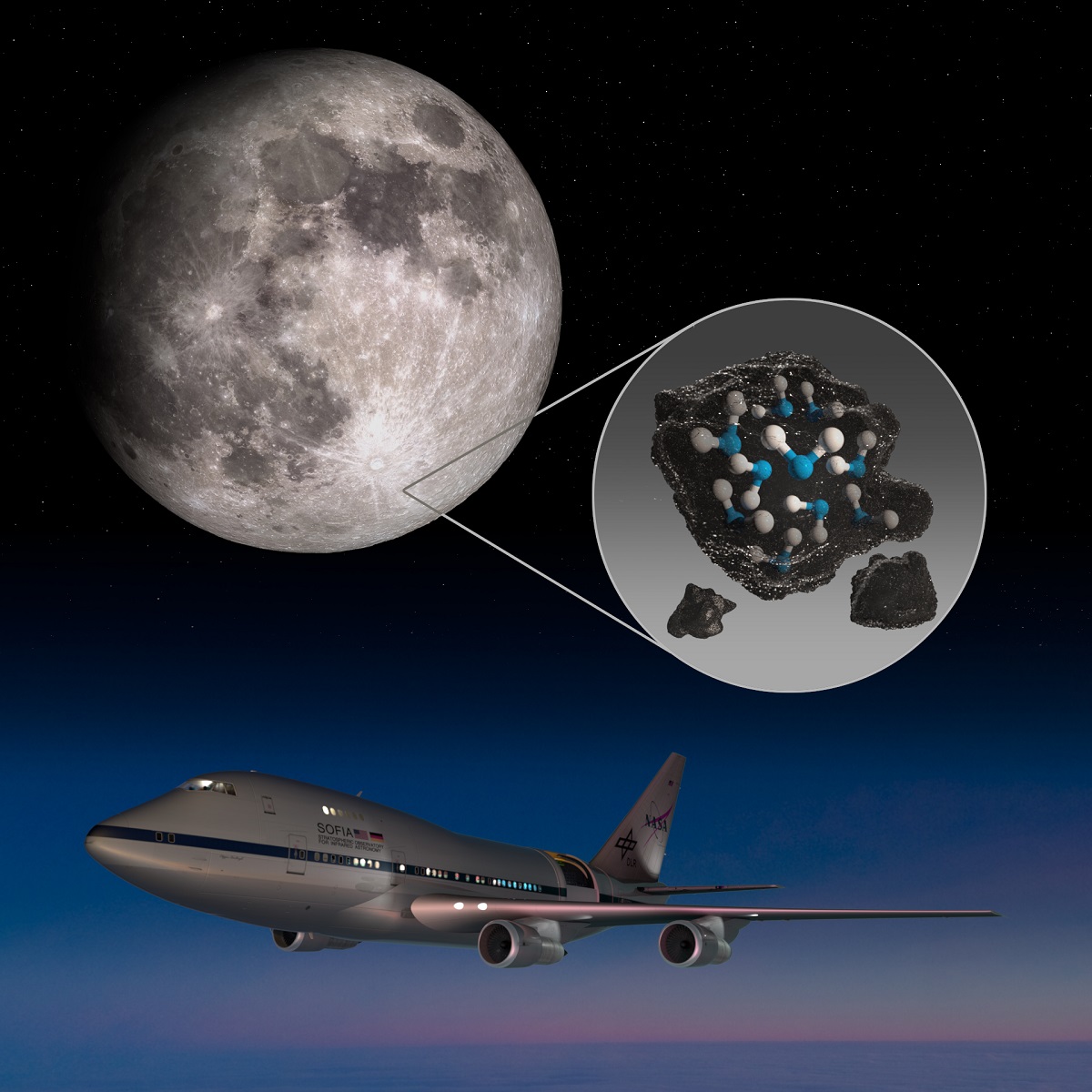The universe is cold and dark. And yet, within the dark, there is a faint glow of warmth. Across the sky, there are objects that emit infrared light, similar to the light that warms your hands near a campfire. By observing this light, astronomers can see the cosmos in a way that looks very different from that seen by our eyes.
Continue reading “NASA's Upcoming SPHEREx Mission Will map the Entire Universe in Infrared Every 6 Months”James Webb Unfolds Sunshield
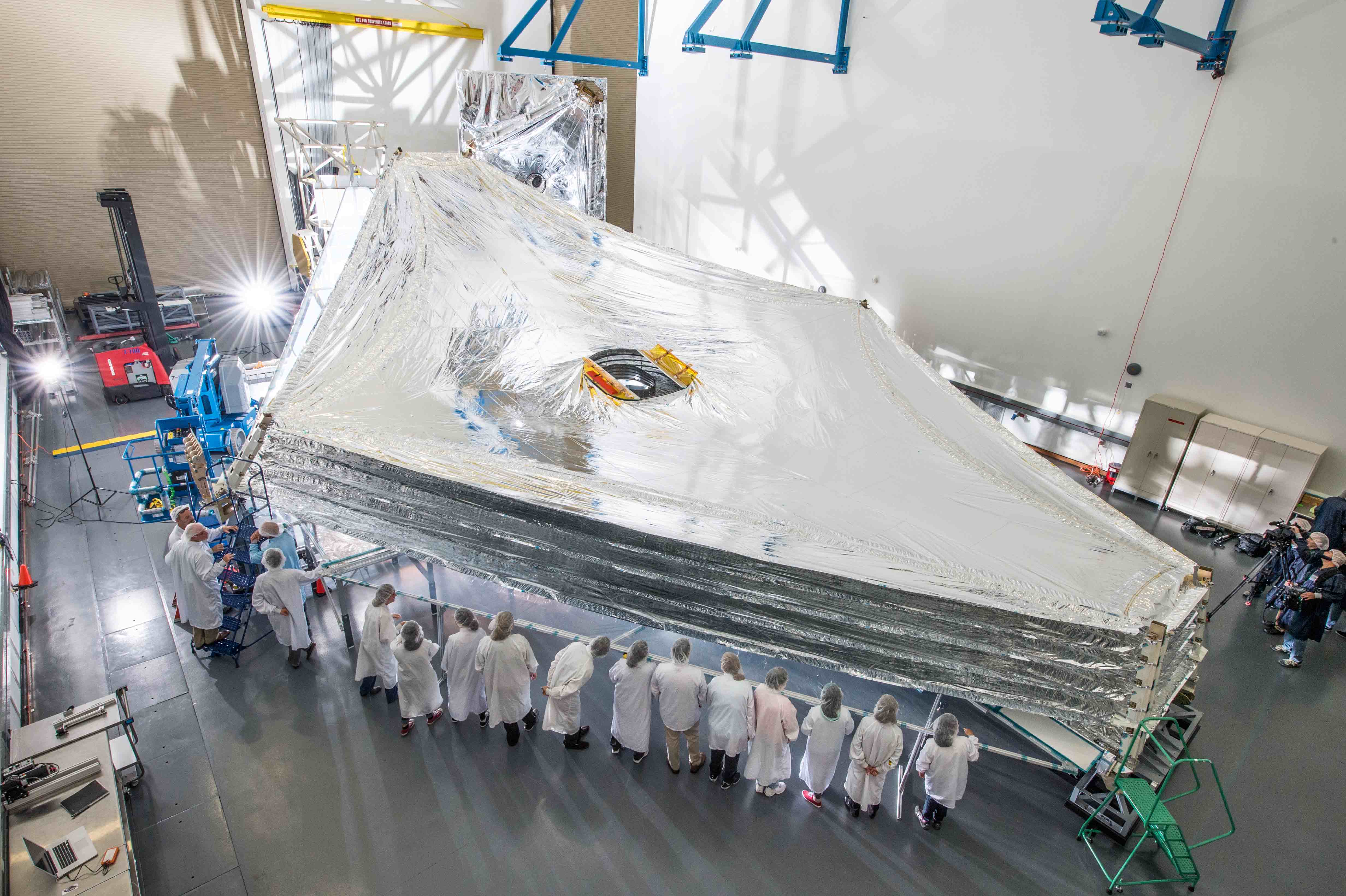
It’s almost time.
Soon the James Webb Space Telescope will be on its way to the Sun/Earth L2 Lagrange point and will begin its at least 5-year science mission. Really, it’s going to happen.
Despite several delays since the program began in 1996 and a budget that has exceeded the original by several billion dollars, the launch of the JWST seems close at hand. That is if you consider almost a year away (the new planned launch date is October 31, 2021) to be close.
Continue reading “James Webb Unfolds Sunshield”NASA Announces the Discovery of Water in the Sunlit Parts of the Moon
For decades, astronomers have speculated that there may be water on the Moon. In recent years, this speculation was confirmed one orbiting satellite after another detected water ice around the Moon’s southern polar region. Within this part of the lunar surface, known as the South-Pole Aitken Basin, water ice is able to persist because of the many permanently-shadowed craters that are located there.
But until now, scientists were operating under the assumption that lunar water was only to be found in permanently shadowed craters. But thanks to NASA’s Stratospheric Observatory for Infrared Astronomy (SOFIA), water has been observed on the sunlit side of the Moon for the first time. This discovery indicates that water may be distributed all across the lunar surface, and not limited to the dark corners.
Continue reading “NASA Announces the Discovery of Water in the Sunlit Parts of the Moon”We’re Made of Starstuff. Especially From Extremely Massive Stars

A new study shows how massive young stars create the kind of organic molecules that are necessary for life.
A team of researchers used an airborne observatory to examine the inner regions around two massive young stars. Along with water, they found things like ammonia and methane. These molecules are swirling around in a disk of material that surrounds the young stars.
That material is the same stuff that planets form from, and the study presents some new insights into how the stuff of life becomes incorporated into planets.
Continue reading “We’re Made of Starstuff. Especially From Extremely Massive Stars”This is the Final Picture NASA’s Spitzer Space Telescope
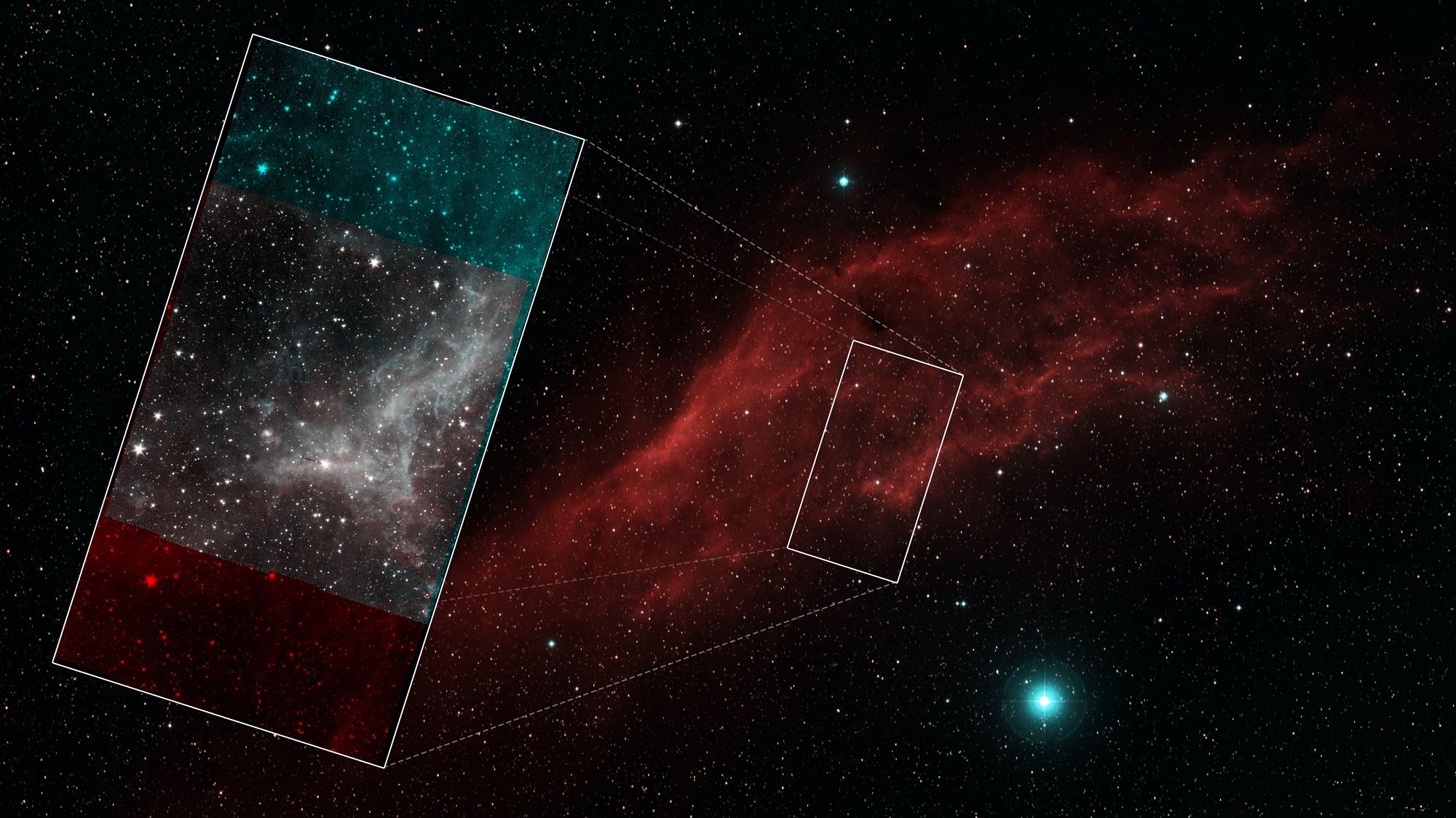
On Jan. 30th, 2020, NASA’s Spitzer Space Telescope was retired after sixteen years of faithful service. As one of the four NASA Great Observatories – alongside Hubble, Chandra, and Compton space telescopes – Spitzer was dedicated to studying the Universe in infrared light. In so doing, it provided new insights into our Universe and enabled the study of objects and phenomena that would otherwise be impossible.
For instance, Spitzer was the first telescope to see light from an exoplanet and made important discoveries about comets, stars, and distant galaxies. It is therefore fitting that mission scientists decided to spend the last five days before the telescope was to be decommissioned capturing breathtaking images of the California Nebula, which were stitched into a mosaic and recently released to the public.
Continue reading “This is the Final Picture NASA’s Spitzer Space Telescope”How Did the TRAPPIST-1 Planets Get Their Water?

In 2017, an international team of astronomers announced a momentous discovery. Based on years of observations, they found that the TRAPPIST-1 system (an M-type red dwarf located 40 light-years from Earth) contained no less than seven rocky planets! Equally exciting was the fact that three of these planets were found within the star’s Habitable Zone (HZ), and that the system itself has had 8 billion years to develop the chemistry for life.
At the same time, the fact that these planets orbit tightly around a red dwarf star has given rise to doubts that these three planets could maintain an atmosphere or liquid water for very long. According to new research by an international team of astronomers, it all comes down to the composition of the debris disk that the planets formed from and whether or not comets were around to distribute water afterward.
Read moreAstronomers See the Wreckage from a Collision Between Exoplanets
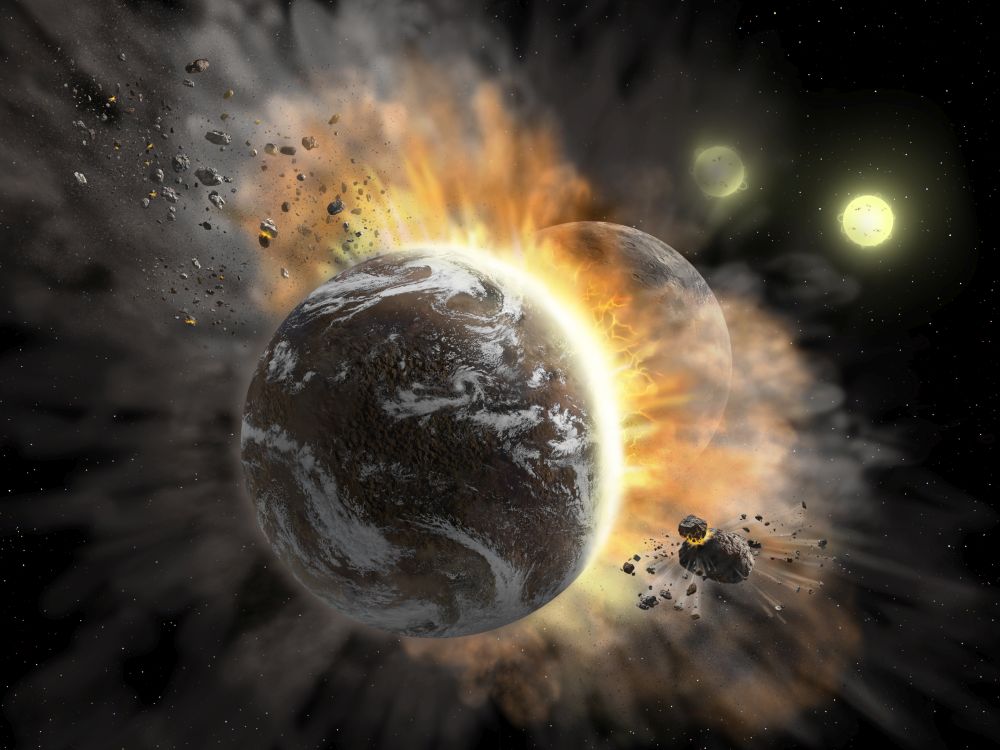
The history of our Solar System is punctuated with collisions. Collisions helped create the terrestrial planets and end the reign of the dinosaurs. And a massive collision between Earth and an ancient body named Theia likely created the Moon.
Now astronomers have found of evidence of a collision between two exoplanets in a distant solar system.
Continue reading “Astronomers See the Wreckage from a Collision Between Exoplanets”What Will the James Webb Space Telescope See? A Whole Bunch of Dust, That’s What
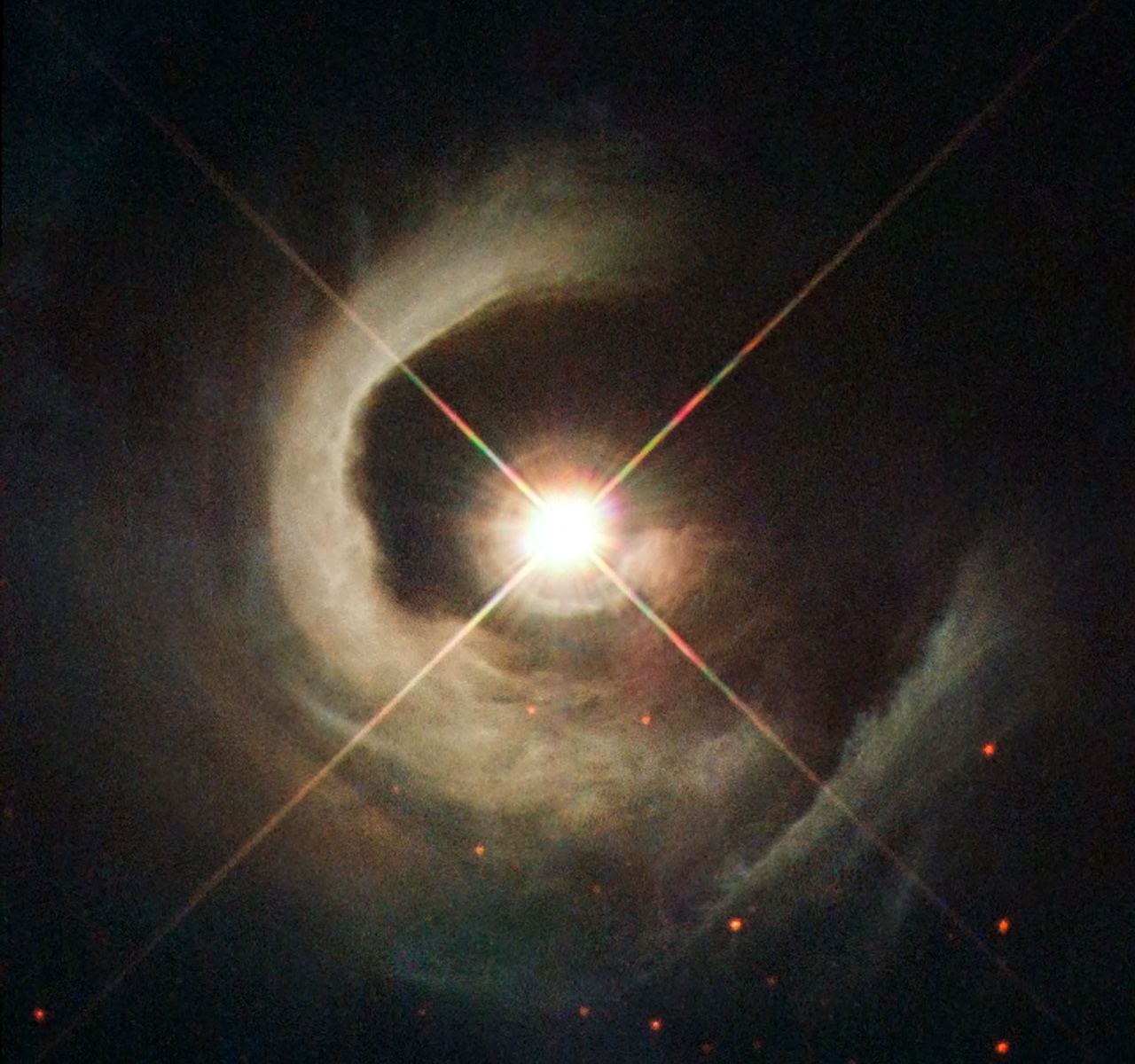
When it comes to the first galaxies, the James Webb Space Telescope will attempt to understand the formation of those galaxies and their link to the underlying dark matter. In case you didn’t know, most of the matter in our universe is invisible (a.k.a. “dark”), but its gravity binds everything together, including galaxies. So by studying galaxies – and especially their formation – we can get some hints as to how dark matter works. At least, that’s the hope. It turns out that astronomy is a little bit more complicated than that, and one of the major things we have to deal with when studying these distant galaxies is dust. A lot of dust.
That’s right: good old-fashioned dust. And thanks to some fancy simulations, we’re beginning to clear up the picture.
Continue reading “What Will the James Webb Space Telescope See? A Whole Bunch of Dust, That’s What”We May Soon Be Able To See the First, Supergiant Stars in the Universe

We need to talk about the dark ages. No, not those dark ages after the fall of the western Roman Empire. The cosmological dark ages. The time in our universe, billions of years ago, before the formation of the first stars. And we need to talk about the cosmic dawn: the birth of those first stars, a tumultuous epoch that completely reshaped the face the cosmos into its modern form.
Those first stars may have been completely unlike anything we see in the present universe. And we may, if we’re lucky, be on the cusp of seeing them for the first time.
Continue reading “We May Soon Be Able To See the First, Supergiant Stars in the Universe”
This Star Killed its Companion and is now Escaping the Milky Way
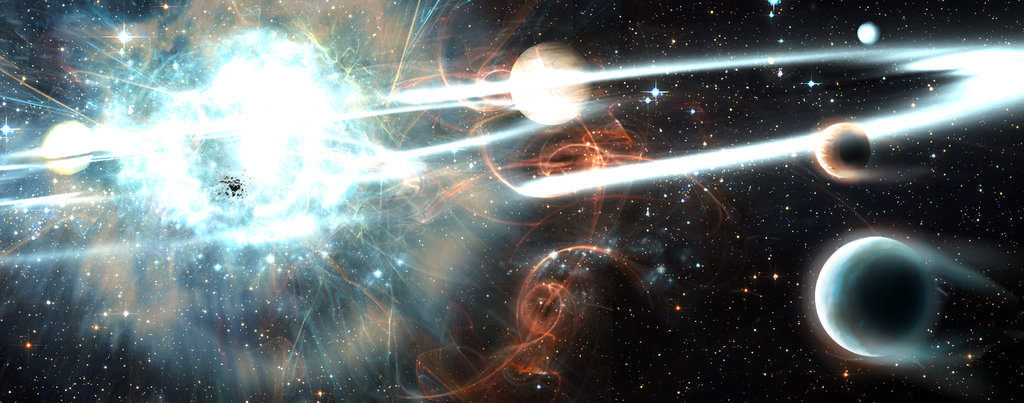
Our universe is capable of some truly frightening scenarios, and in this case we have an apparent tragedy: two stars, lifelong companions, decide to move away from the Milky Way galaxy together. But after millions of years of adventure into intergalactic space, one star murders and consumes the other. It now continues its journey through the universe alone, much brighter than before, surrounded by a shell of leftover remnants.
At least, we think. All we have to go on right now is a crime scene.
Let’s investigate.
Continue reading “This Star Killed its Companion and is now Escaping the Milky Way”

